6. Reservoir Dogs (1992, dir. Quentin Tarantino)
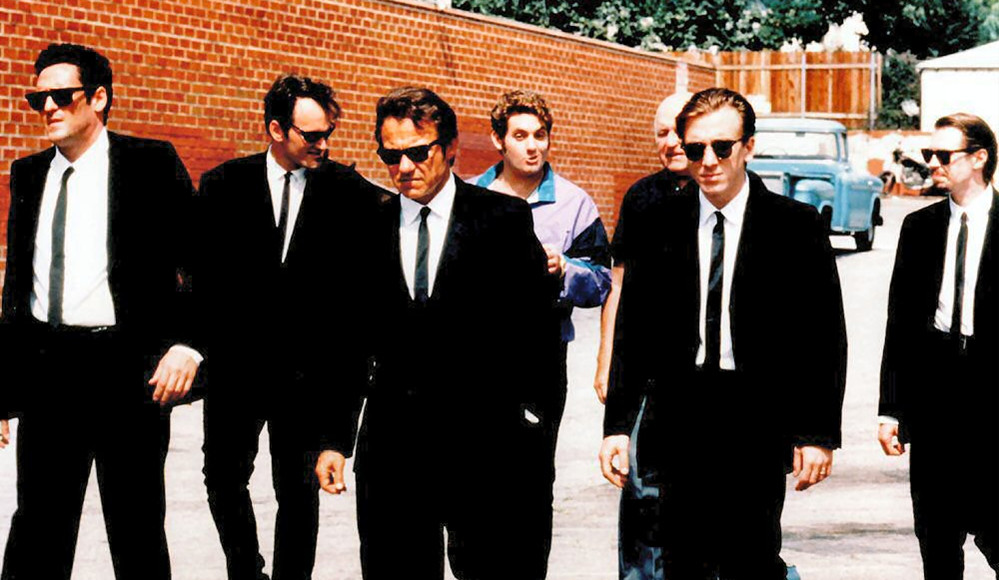
Quentin Tarantino is the ultimate film-lover’s filmmaker. While paying debt to his favorite movies with plenty of tributes, Tarantino also adopted a style all his own with his knack for dialogue, tough-as-nails characters, and use of fragmented narrative (not to mention controversial depictions of violence). Though he would smooth out and refine his technique in his sophomore masterpiece Pulp Fiction, Tarantino was perhaps never more striking and raw than in his remarkable debut, Reservoir Dogs.
A team of hard-boiled gangsters, dressed like they’re in a John Woo film, team up for the heist of their lives, a la The Killing. Things don’t go quite as planned, though, as one of their posse may or may not be an undercover cop. Chased by the police, they scurry into a warehouse where altercations involving foul language, armed standoffs, and a severed ear follow.
Though it’s a plot that could have made for an elaborate crime thriller, a low budget can’t provide much. In the case of Reservoir Dogs, the majority of the action is confined to the walls of the warehouse. Don’t let the limited setting be a detraction, however – the location and stressful energy make for a claustrophobic nightmare.
What Tarantino lacked in budget, he made up for in everything else, with the dialogue, the characters, and the plot. Maybe not as influential as Pulp Fiction, but the 1990s was filled with this kind of crime thriller – The Usual Suspects, Lock, Stock, and Two Smoking Barrels, The Boondock Saints are just a few examples. Maybe not the first of the bunch, but Reservoir Dogs undeniably raised the flag of this new era of indie crime thrillers.
7. Clerks (1994, dir. Kevin Smith)
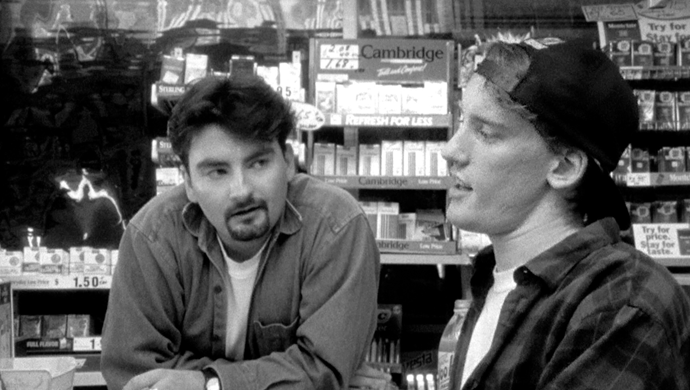
With a shit job at a convenience store and a knack for witty (albeit vulgar) dialogue, Kevin Smith touched a nerve with the minimum wage ennui of Generation X, giving the world one of the most clever and beloved comedies of the 1990s. Clerks spends the entire day with titular clerks Dante and Randal, their friends and customers. From open until close, they discuss relationships, annoying customers, frequency of oral sex provision, and Star Wars.
A “less is more” mentality perpetuates throughout many independent films, and Clerks is no exception. With only $27,000 at Smith’s disposal, a dynamic film with dazzling action and settings was out of the question. Armed with outdated film equipment and years of customer service experience (and resulting contempt), Smith took his camera to work, setting the film almost exclusively within the confines of a convenience store (Kevin Smith’s real life workplace).
Along with the static setting, the film’s driving force is its dialogue, a very risky move to make. Luckily, Kevin Smith nailed the dialogue with its clever and sometimes shocking wit. The viewer gets so caught up in their conversations they’re listening in on that when the perfect closing line – “You’re closed!” – that they feel that great sense of relief that Dante must be feeling.
8. Being John Malkovich (1999, dir. Spike Jonze)
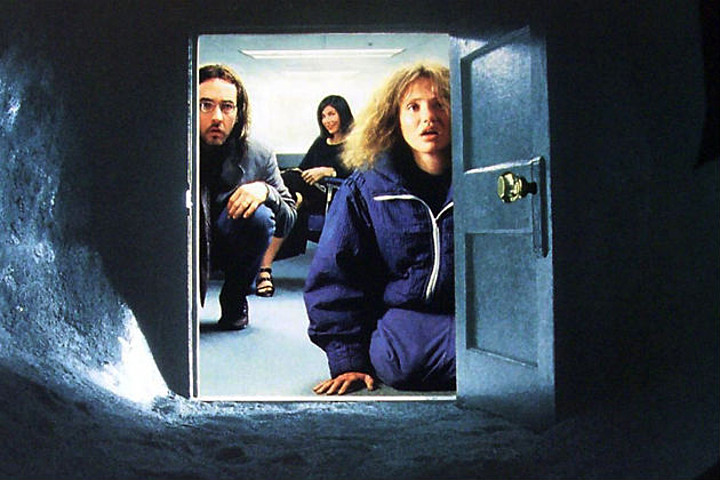
What can one possibly say about Being John Malkovich, a film about a puppeteer who finds and enters a portal into the literal mind of actor John Malkovich? It’s one of those movies that there’s truly no explaining to somebody – “You just have to see it,” many will say to their acquaintances.
That said, if there’s any way to give someone a reason to go for it, said reason lies within the credits – written by Charlie Kaufman; directed by Spike Jonze, in their feature debuts of their respective roles, and no other film could better sound the clarion of their arrival into the indie film world.
Though many of the films on this list certainly defy the conventions of filmmaking, Being John Malkovich not only obliterated said conventions to smithereens, but celebrated its weirdness with a ball of a movie without going overboard. Even more surprising, as singularly unique an experience as it is, it is not nearly as alienating as one would think.
This is in thanks to Jonze and Kaufman. Their talents complement each other perfectly, with Jonze’s oblique vision and Kaufman’s cerebral writing. These two, whether together or separately, would continue on into the 21st Century with indie masterworks like Adaptation, Her, Eternal Sunshine of the Spotless Mind, and Synecdoche, New York (which the author argues is the greatest American film in recent years). All of these works, all of which were huge and influential hits in the independent scene, share that same oblique and cerebral quality, and it all started with John Malkovich.
9. The Blair Witch Project (1999, dir. Daniel Myrick & Eduardo Sanchez)
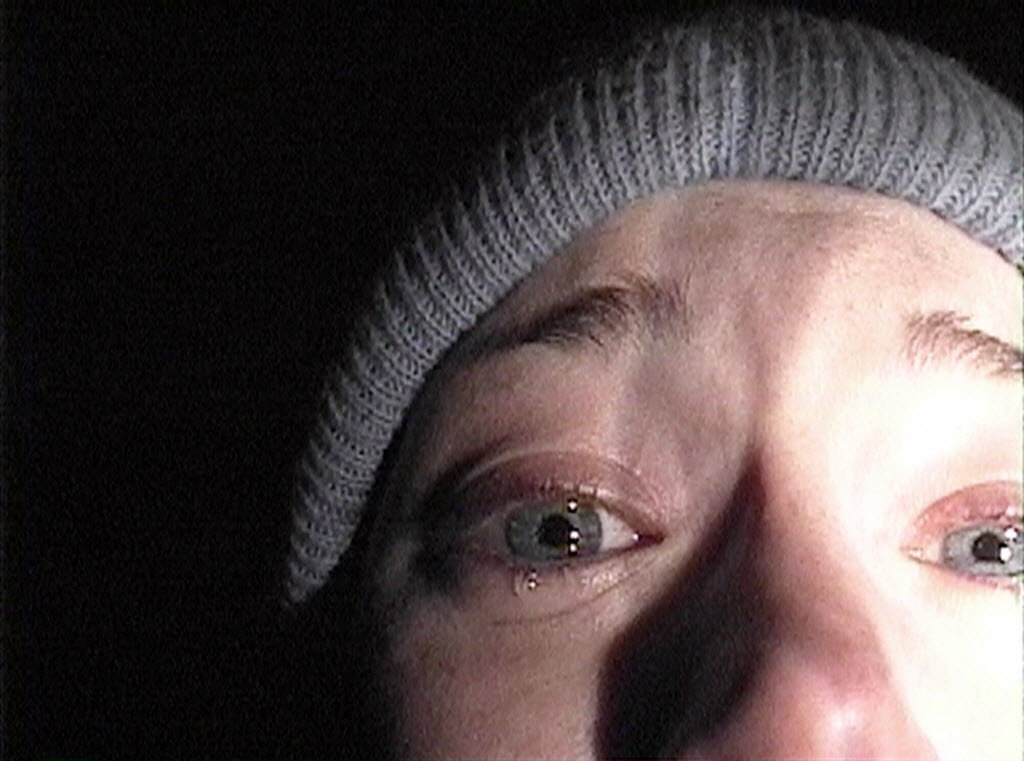
“In October of 1994, three student filmmakers disappeared in the woods near Burkittsville, Maryland while shooting a documentary. A year later their footage was found.”
A group of young folks go for a hike in the woods only to become the subject of torment of an unknown, possibly supernatural presence. Even in 1999, here is a plot that has been told so many times again that it has probably reached exhaustion. Sometimes, it’s not the necessarily the plot that’s important, but instead how it is told.
Here is a mindset that cycled the heads of directors Daniel Myrick and Eduardo Sanchez. Influenced by paranormal documentaries, they set out to the woods on a $60,000 budget to make their movie, and the result was one of the most groundbreaking and profitable horror films of the 1990s.
Though the found footage concept had been done a few times by 1999, most notably Cannibal Holocaust (1980) and Man Bites Dog (1992). Of course, what makes The Blair Witch Project stand out was its genius marketing, but Myrick and Sanchez even broke the rules of directing. Much of the dialogue and acting was improvised – the directors would leave the actors their next day’s instructions overnight. The actors would read the instructions in the morning, and improvise throughout the day without any intervention from the directors (who would watch the action from a distance).
To further the tension, the directors would toy with the actors overnight (most notably in a scene where the tent is roughly rustled with). Even more insane; as production continued, the directors would deprive the actors of food. The results were three striking and genuine performances. Maybe not as fondly recognized as it was back in ’99, but its obliteration on the rules of filmmaking should be recognized by any aspiring indie filmmaker.
10. Lost In Translation (2003, dir. Sofia Coppola)
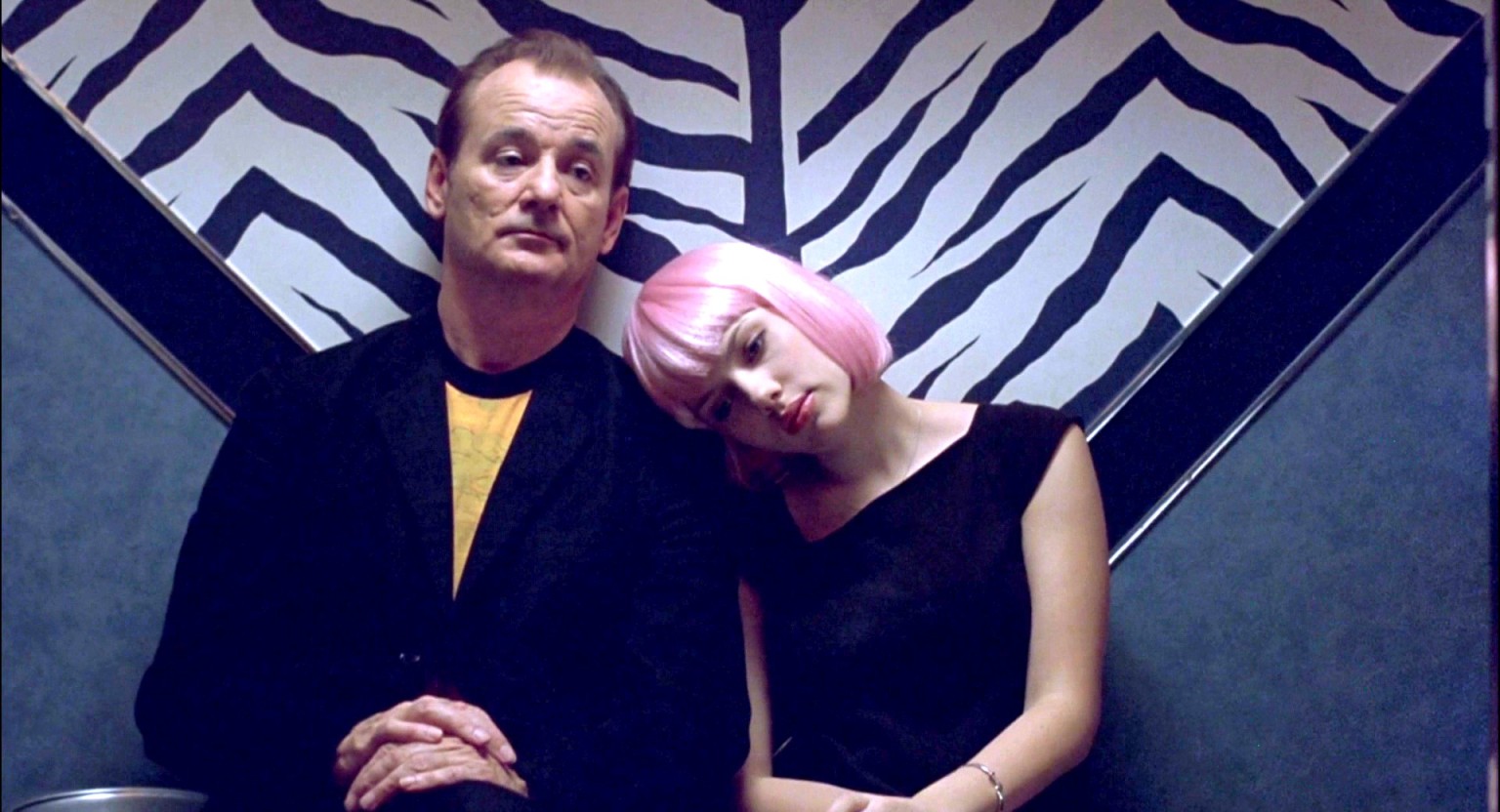
Bob (Bill Murray) and Charlotte (Scarlett Johannson) discover each other at a hotel in Tokyo. With both of them at complicated and unsure points in their life, they connect right away and strike a wonderful bond. What follows is not necessarily a romance, but a story of deep friendship – they may not understand the foreign world that surrounds them, but the understanding between the two is something more felt than talked about.
The 2000s ushered in a unique kind of independent film, many films adopting reservedly glossy visuals, dreamy atmospheres, blurry mixtures of quirky comedy and heartbreaking drama, and an overall mood that is bittersweet yet enigmatic. With its themes of alienation and existential uncertainty, Lost in Translation nails it, pondering these themes exactly as they needed to be, where conveyance of emotion is propelled without needing to say a word.
There’s also no way to talk about this film without its leads; hands-down, two of the best performances by Murray and Johannson that also conveyed exactly what the film needed from them. There’s also the bonus of an incredible soundtrack that just amplifies everything. Topped off with an ambiguous whisper that continues to frustrate some and move others, Lost in Translation is perhaps the defining independent film of entire 21st century.